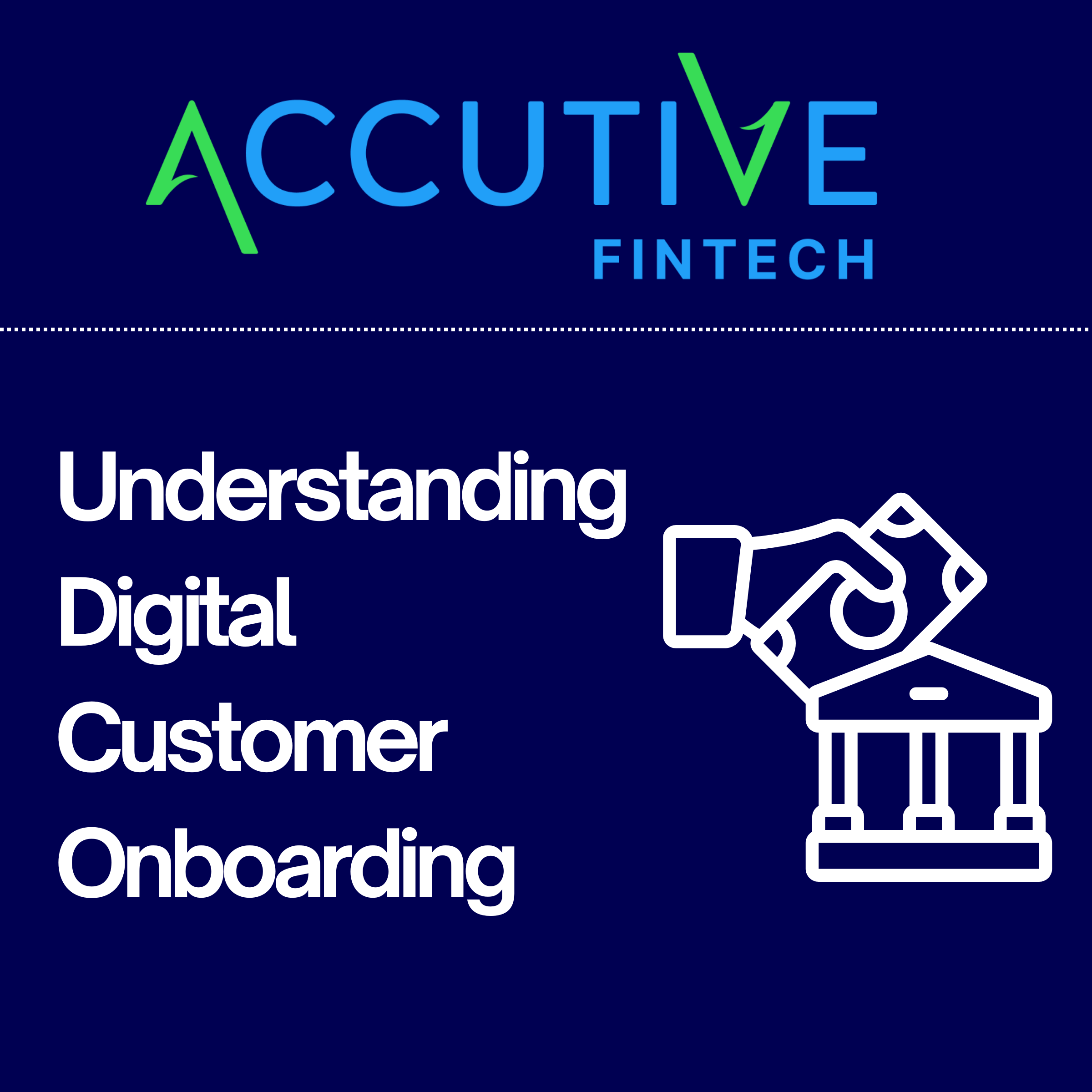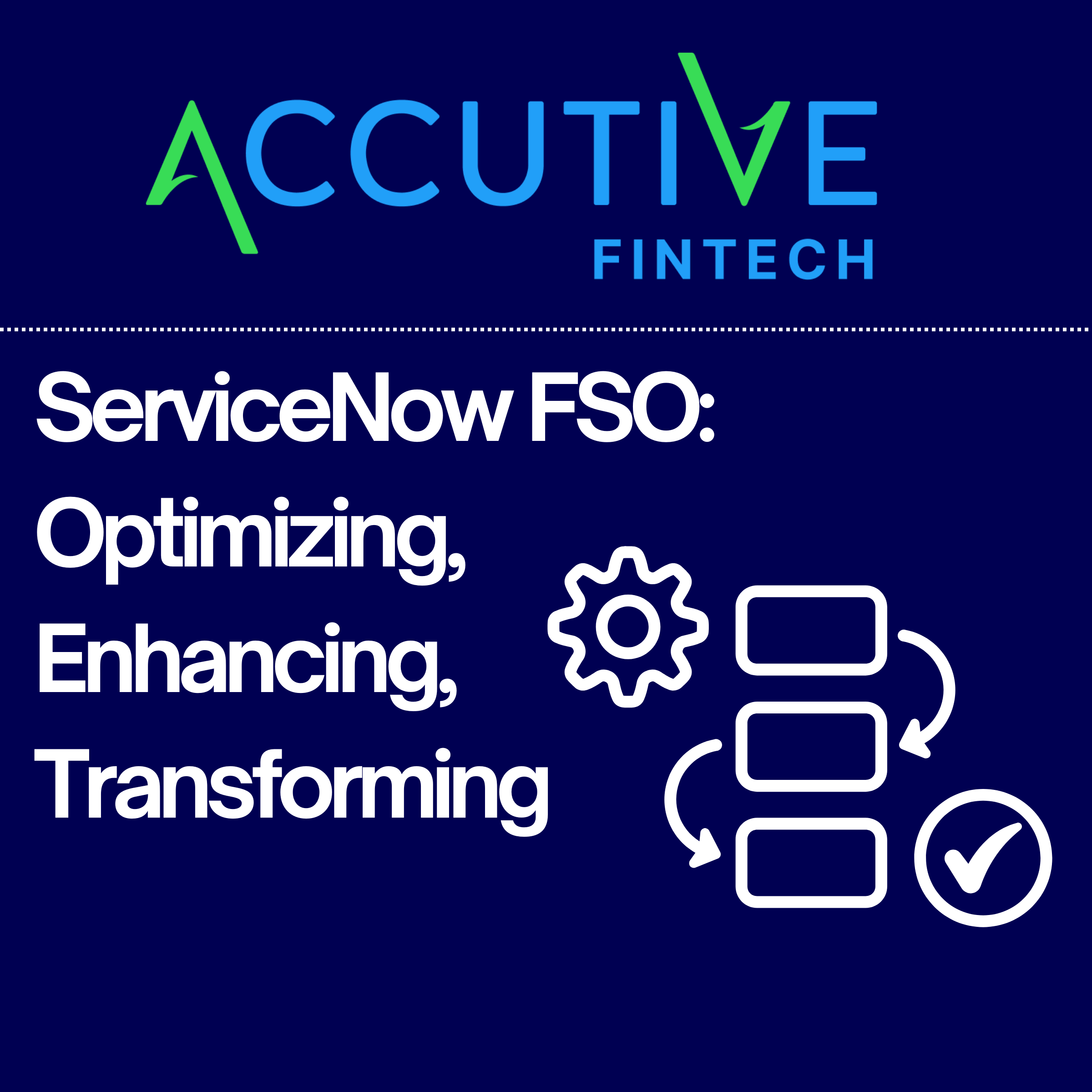As this year draws to a close, one thing is abundantly clear—digital transformation is no longer just a goal for financial institutions; it’s an essential strategy for staying competitive in an evolving industry. Unprecedented advancements in technology, heightened customer expectations, and a rapidly shifting competitive landscape have reshaped the way banks and credit unions operate.
Notable FinTech Trends of 2024
2024 was a major year for the financial services industry with a number of key trends that began in previous years greatly accelerating. Digital transformation, cloud adoption, AI, and open banking have been ‘buzzwords’ for years; however, 2024 is the year where these trends became impossible to ignore.
The Digital Transformation Trend Accelerates
In 2024, the financial services industry experienced a significant shift towards digital transformation, driven by the increasing prevalence of digital-first consumers. The use of online banking is reaching near-ubiquity in the U.S. and Canada. A recent survey of Americans found that 55% of consumers preferred mobile banking, compared with 22% for online banking and only 8% for in-branch banking. Similarly, a survey by the Canadian Bankers Association revealed that 87% of Canadians engaged in digital banking over the past year, with more than 4 in 10 reporting an increase in their use of digital banking apps and online platforms. This trend underscores the imperative for financial institutions to adapt to evolving consumer preferences or risk losing relevance in a competitive market.
Key trends shaping digital transformation include:
- Seamless Digital Onboarding: Customers expect user-friendly, frictionless account opening processes that can be completed swiftly. A streamlined onboarding experience sets the tone for the relationship, as research shows that 63% of customers abandon account opening processes that are too cumbersome. Digital solutions like automated KYC/IDV verification and pre-populated forms ensure faster, error-free onboarding that builds immediate trust.
- Personalized Financial Management Tools: The integration of AI and advanced analytics has paved the way for hyper-personalized tools that provide actionable financial insights. From spending analysis to tailored savings recommendations, these tools help customers make smarter financial decisions, fostering loyalty and engagement. Financial institutions that leverage personalization see 6-10x higher engagement and increased opportunities to grow relationships through cross-selling tailored products and services.
- 24/7 Customer Support with AI Assistance: With consumers demanding always-available support, solutions like chatbots, virtual assistants, and AI-driven tools are transforming the way institutions interact with customers. The use of AI-powered chatbots can resolve up to 80% of routine inquiries, without the need for human intervention. This empowers financial institutions to reduce wait times and deploy their customer service personnel to handle more complex and pressing issues.
- Easy-to-Use Digital Banking Platforms: Modern digital banking solutions need to be intuitive, fast, and accessible across all devices. Frictionless navigation, robust mobile apps, and omnichannel capabilities ensure that customers can seamlessly manage their finances anywhere, anytime. Recent surveys indicate that 92% of digital banking users consider ease of use a top priority, with institutions providing exceptional experiences seeing notable gains in customer satisfaction and retention.
Investing in digital transformation is no longer optional for financial institutions; it is essential to meet the demands of today’s consumers who prioritize convenience, speed, and personalization. By embracing these trends, banks and credit unions can enhance operational efficiency and build stronger, more enduring relationships with their customers, positioning themselves as trusted partners in their financial journeys.
The Rise of the Hybrid Cloud
In 2024, the financial services industry witnessed a significant surge in the adoption of cloud computing technologies, with a particular emphasis on hybrid cloud strategies. This shift was driven by the need for scalability, flexibility, and cost optimization, enabling institutions to modernize legacy systems and enhance operational efficiency. A report by Nutanix projected a threefold increase in hybrid multicloud adoption over the next three years, highlighting the sector’s commitment to embracing cloud solutions.
The integration of hybrid cloud models has been instrumental in balancing security with agility. By combining on-premise and public cloud systems, financial institutions can maintain data integrity and comply with stringent regulatory requirements while leveraging the scalability of cloud services. This approach has also facilitated the deployment of advanced technologies such as artificial intelligence, further driving innovation within the sector.
Banks and credit unions are increasingly migrating critical systems to the hybrid cloud, including:
- Core Banking Systems: Leading core banking platforms are being offered with hybrid cloud deployments to allow financial institutions to scale core operations while maintaining control over sensitive data.
- Digital Banking Solutions: Customer-facing tools, including mobile and online banking platforms, are leveraging hybrid cloud models to ensure seamless performance, 24/7 availability, and robust user experiences across channels.
- Payment Processing Systems: Real-time payment platforms and fraud detection solutions benefit from the cloud’s scalability. Many financial institutions are transitioning systems to hybrid models to support rising transaction volumes and evolving payment infrastructures.
- AI-Powered Analytics Platforms: To enhance decision-making and personalization, financial institutions are deploying AI and advanced analytics platforms in the hybrid cloud.
- Risk Management and Compliance Systems: Tools that are moving to hybrid cloud environments include those for handling transaction screening (e.g. AML compliance), regulatory reporting, fraud management, and risk assessment.
AI and Automation Go Mainstream
If 2023 was the breakthrough year for artificial intelligence (AI) and automation, 2024 was the year of widespread adoption by financial institutions. In particular, Generative AI emerged as a critical tool for real world processes rather than an intriguing concept for many banks and credit unions.
The AI transformation is already underway in key operational areas, including fraud detection, risk management, credit decisioning, customer support, and even personalized product recommendations. Although the AI transformation is continuing apace for many financial institutions, others lack the in-house resources and expertise to fully unlock the power of AI for their bank or credit union. Integration and automation platforms, such as MuleSoft can help simplify the adoption of generative AI.
Major steps toward open banking in the U.S. and Canada
Although open banking in the United States and Canada continues to progress more slowly than anticipated, there are signs that 2025 will be a major turning point.
In the United States, 2024 marked a major milestone in open banking with the U.S. Consumer Financial Protection Bureau (CFPB) unveiling its “Personal Financial Data Rights” rule, which is de facto open banking. Under this rule, financial institutions are required to provide consumers, upon request, with access to their financial data at no charge. This facilitates the secure sharing of information with authorized third parties, such as FinTech companies offering innovative financial products and services.
For large financial institutions, compliance with the new rule is required by April 1, 2026, meaning that 2025 will be a pivotal year for the adoption of open banking technologies. It is important to note the impending change of administration, there is a chance that these rules may be modified, delayed, or canceled altogether.
North of the border, in Canada, 2024 saw the passage of the Canadian Consumer-Driven Banking Framework into law. This establishes the framework for open banking in Canada (referred to as consumer-driven banking). The Canadian federal government has missed several self-imposed deadlines for open banking, making it difficult to anticipate when open banking will actually become mandated in Canada.
Regardless of when open banking becomes a reality, there are a number of proactive steps your financial institution can take now including:
- Adopt an API-centric integration platform: APIs are critical for success in the open banking future. Invest in a platform, such as MuleSoft, that enables you to more easily develop and integrate APIs to enable data sharing and collaboration with third-party providers.
- Adopt agile development methodologies: Increase speed and flexibility to respond to market changes and customer demands.
- Foster partnerships and collaborations: Collaborate with FinTech companies and other technology providers to leverage their expertise and innovation.
Financial services Merger and Acquisitions (M&As) rebound in 2024
In 2024, the financial services industry saw a resurgence in mergers and acquisitions (M&A), driven by the need for scale, market reach, and enhanced technology capabilities. While these consolidations offer opportunities for growth, they also pose significant risks, particularly in technology integration. Research highlights that up to 90% of M&A deals fail to meet expectations, with inadequate integration strategies as a major culprit. Many institutions still rely on fragile, custom-built systems, which are costly, complex, and unsustainable for long-term growth.
To overcome these challenges, modern integration platforms like MuleSoft play a crucial role in streamlining post-M&A technology alignment. MuleSoft’s API-led approach enables financial institutions to replace outdated frameworks with scalable, efficient integrations that reduce complexity and enhance agility. With a strategic technology integration plan, banks and credit unions can successfully realize the benefits of consolidation, ensuring smoother transitions, reduced risks, and improved operational outcomes.
Accutive FinTech’s 2024 Highlights
We were very grateful to continue to grow our team and bring on a number of valued new clients in 2024. All of our success was only made possible by the tireless work of our team members and we wanted to highlight three of their major accomplishments this year:
Launching the Accutive Springboard on the Journey Manager Platform
In 2024, Accutive FinTech, in partnership with Temenos, launched Accutive Springboard for Journey Manager—a game-changing solution designed to help financial institutions deliver exceptional digital account opening experiences. Built and deploy with Accutive FinTech’s Quality First Approach, Springboard significantly reduces project timelines and total cost of ownership, making streamlined and efficient onboarding accessible to more banks and credit unions. With deployment timelines as short as six weeks, financial institutions can quickly upgrade their digital capabilities to meet evolving customer expectations in a competitive market.
What sets the Accutive Springboard apart is its combination of pre-built core banking connectors, simplified workflows integrated with leading KYC/IDV solutions like Prove and HID IDV, and a commitment to accessibility for all users. This scalable, customizable platform not only delivers an exceptional out-of-the-box solution but also grows with each institution’s unique needs. By enabling rapid deployment and reducing complexity, Accutive Springboard empowers financial institutions to modernize onboarding processes efficiently, enhancing customer satisfaction while maintaining affordability. Watch our joint webinar with Temenos to learn more about Accutive Springboard, and how it provides best-in-class digital onboarding at an affordable pricepoint.
First Integration of HID IDV with Temenos Journey Manager
This past May marked a significant milestone with the first ever integration of HID Global’s cutting-edge identity verification (IDV) solution with the Temenos Journey Manager platform. This integration provides access to a rapid, secure and efficient identity verification solution to Journey Manager customers. With extremely high accuracy and minimal manual reviews, HID IDV significantly reduces abandonments compared with competing solutions.
Delivering a Zero Defect Digital Payments Integration Project
Although we approach every project with a zero defect mentality, zero defects are not always possible. That makes it more special when we complete a major project without even a single defect. Earlier in 2024, we completed a major digital payments integration project with MuleSoft and delivered it with zero defects. Read the case study to learn how we applied our Quality First Approach to prevent even a single bug from occurring.
Looking Ahead to FinTech for 2025
The opportunities presented by digital transformation show no signs of slowing down as we move into 2025. As we look ahead to 2025, Accutive FinTech is focused on identifying more tools and technologies that can help our clients remain competitive and provide exceptional experiences for their customers and members.
At the same time, we’re doubling down on partnerships with industry leaders like Temenos and Salesforce to deliver, implement and integrate best-in-class platforms for digital transformation in 2025.








